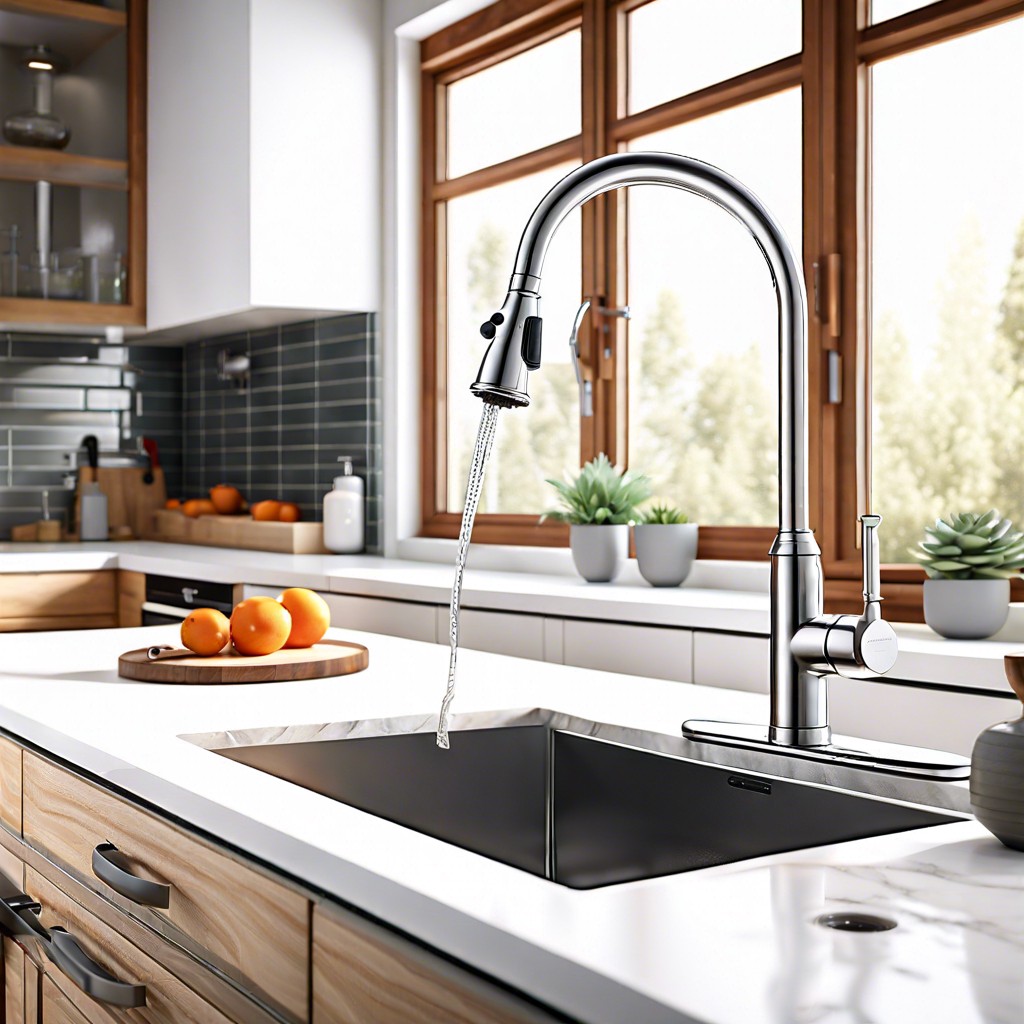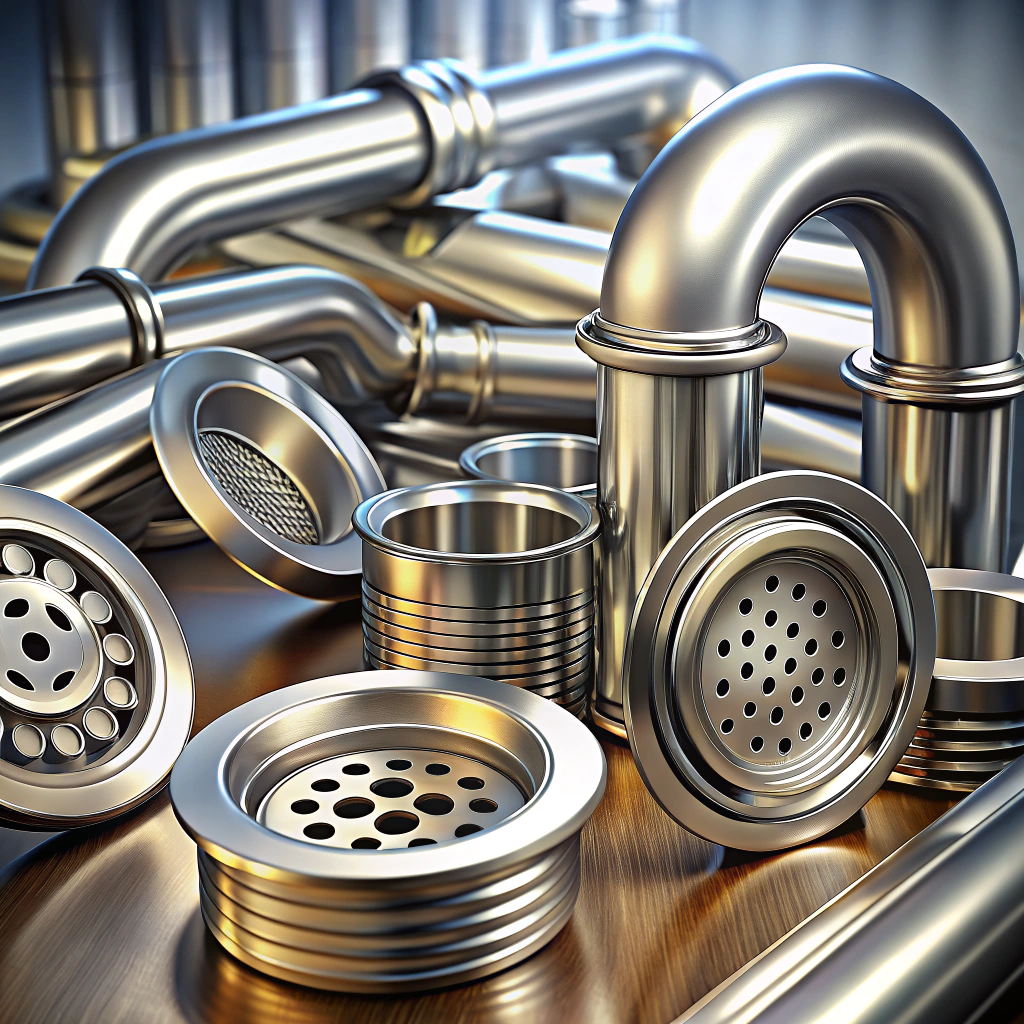Last updated on
Learn about the typical labor costs associated with installing a new faucet.
Key takeaways:
- Local labor rates and complexity impact faucet installation cost.
- Different faucet styles and features affect labor costs.
- DIY installation saves on labor, but professionals provide expertise and warranties.
- Consider DIY if the job seems straightforward, or get multiple quotes.
- Look for sales on faucets and consider warranties to save money.
What's Inside
Factors That Affect Labor Cost

Several points influence the cost of labor for faucet installation. First, local labor rates play a significant role; these vary widely depending on your geographic location. Urban areas tend to have higher rates than rural ones.
Second, the complexity of the faucet installation impacts cost. A straightforward replacement typically costs less than installing a faucet in a new location, which might require adjustments to your plumbing system.
Third, the experience and reputation of the plumber can also affect pricing. Seasoned professionals often charge more, but their expertise can provide peace of mind and potentially quicker, more reliable service.
Finally, emergency installations or rush jobs usually carry a premium. If you need a faucet installed outside of regular business hours, expect to pay extra for the convenience.
Faucet Style and Features
Different faucet types and their special features greatly influence installation cost. A basic, single-handle faucet will generally be less expensive to install than a more advanced touchless model with motion sensors. Consider the installation complexity: Models requiring additional wiring or plumbing adjustments also drive up labor costs. Moreover, high-end materials like stainless steel or a faucet with a pull-down sprayer often involve more nuanced installation procedures, adding to the expense. Each feature that adds convenience or luxury can also add to the time it takes to install, impacting the overall labor cost. When choosing a new faucet, balance the desired features with the potential increase in installation cost.
DIY Faucet Installation Vs. Hiring a Professional
Tackling a faucet installation on your own can be tempting, especially if you’re handy or looking to save a few bucks. However, there are clear benefits and potential pitfalls in both approaches.
Firing up your DIY spirit can shave off the labor costs entirely, and the internet is a treasure trove of step-by-step tutorials. Just gather the right tools, and ensure to switch off the water supply to avoid any accidental showers!
On the flip side, professionals bring experience and expertise that go beyond just tightening bolts and screws. They can foresee plumbing complications, ensuring the job is done right the first time. Their work typically comes with warranties, providing peace of mind along with water-tight connections.
Ultimately, deciding between DIY and professional help depends on your comfort with tools, time availability, and willingness to take a risk for potential cost savings. Either route, a leak-free result is what we’re all after!
Tips to Save Money When Installing a New Kitchen Faucet
Before you start shopping for that shiny new faucet, consider these budget-friendly pointers that could reduce your out-of-pocket expenses:
First off, assess whether you really need a professional installation. If you’re handy with tools and the job seems straightforward, tackling it yourself could save you the cost of labor entirely. There are plenty of step-by-step tutorials available online that detail the process.
If going DIY sounds like a recipe for disaster, another option is to shop around for installation quotes. Don’t just settle for the first plumber you find. Ask friends for recommendations and check out reviews to find a skilled professional who offers competitive rates.
Also, think about the timing of your purchase. Retailers often have sales during certain periods, like major holidays or off-season months, which can slash the price of your new faucet. Pairing your purchase with a sale period might allow you to allocate more of your budget towards professional installation.
Lastly, when selecting your faucet, don’t overlook the warranty. Opting for one with a robust warranty might seem more expensive initially, but it can save you money down the road if any issues arise.
These strategies don’t just trim costs—they smartly allocate resources without compromising on quality.




